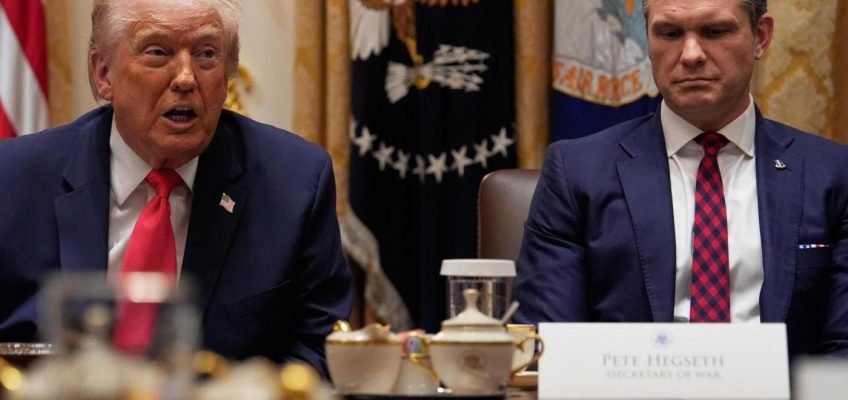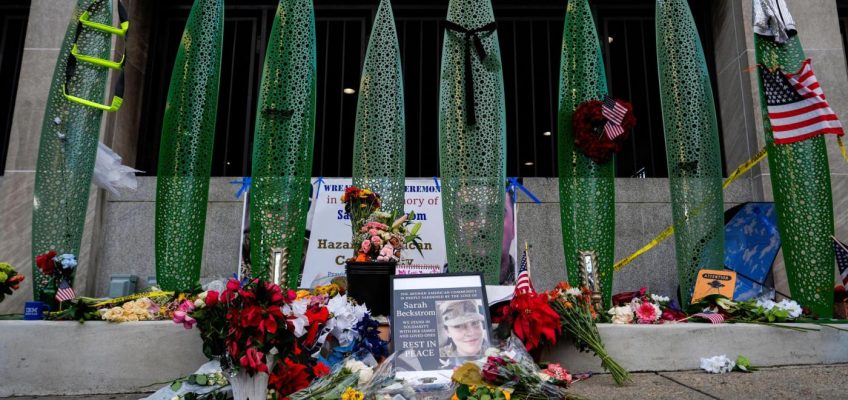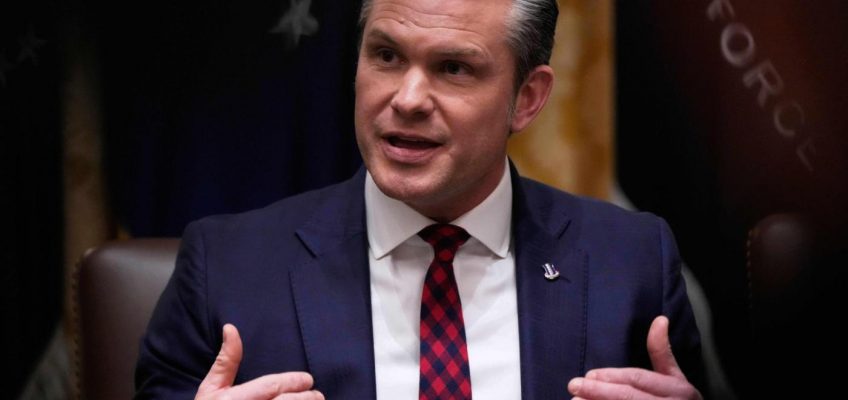By KATE PAYNE, Associated Press
The board of the South Florida college that’s giving away a valuable piece of property for Donald Trump’s future presidential library revoted to transfer the land on Tuesday.
The board of Miami Dade College faces a lawsuit filed by a local activist and a trial set for August over allegations it violated the state’s open government law when it first voted to gift the parcel. The lawsuit said the board failed to provide sufficient notice for its special meeting on Sept. 23, when it voted to give up the nearly 3-acre property in downtown Miami. A judge has temporarily blocked the college from formally transferring the land, while the lawsuit plays out.
Related Articles
Trump says he doesn’t want Somali immigrants in the US, urges them to go back to their homeland and fix it
Federal authorities plan operation in Minnesota focusing on Somali immigrants, AP source says
Hegseth cites ‘fog of war’ in defending follow-on strike in scrutinized attack on alleged drug boat
New ICE operation is said to target Somali migrants in Twin Cities
Ex-New Jersey Gov. Jim McGreevey’s comeback bid comes down to a runoff for Jersey City mayor
The site is a developer’s dream and is valued at more than $67 million, according to a 2025 assessment by the Miami-Dade County property appraiser. One real estate expert wagered that the parcel — one of the last undeveloped lots on an iconic stretch of palm tree-lined Biscayne Boulevard — could sell for hundreds of millions of dollars more.
On Tuesday, the board held a new meeting at its campus in Hialeah, a predominantly Cuban American and Republican-leaning suburb of Miami. Dozens of students, professors, alumni and local officials packed the meeting to weigh in on the land transfer, an opportunity some felt they were denied when the board initially voted on the matter.
An agenda released ahead of the September meeting simply stated the board would consider conveying property to a state fund overseen by Republican Gov. Ron DeSantis and the Florida Cabinet, but provided no details on which piece of property was being considered or why. Unlike the majority of the board’s other meetings, neither the September vote nor Tuesday’s redo were livestreamed.
A week after the initial vote, DeSantis and other top GOP officials voted to transfer the land again, effectively putting the property under the control of the Trump family when they deeded it to the foundation for Trump’s library. That foundation is led by three trustees: Eric Trump, Tiffany Trump’s husband; Michael Boulos; and the president’s attorney James Kiley.
Kate Payne is a corps member for The Associated Press/Report for America Statehouse News Initiative. Report for America is a nonprofit national service program that places journalists in local newsrooms to report on undercovered issues.




